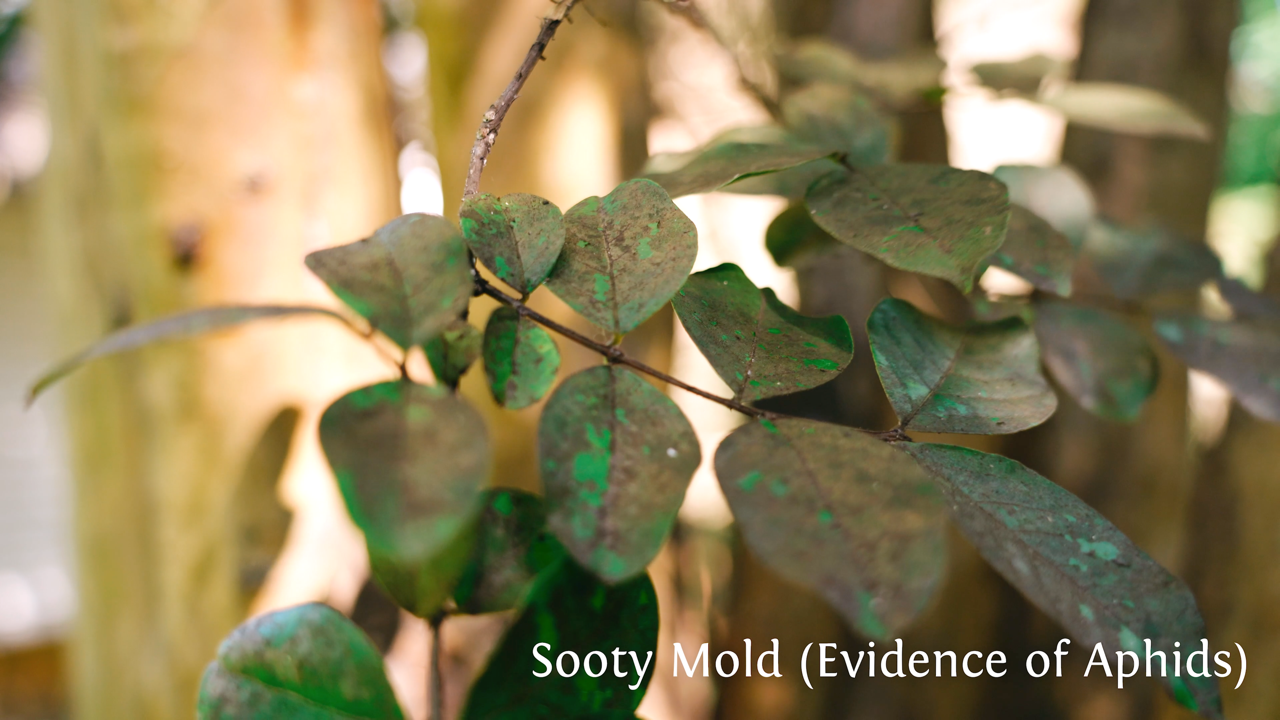Will This Kill My Tree?
What are some common treatable problems that you might see in the trees on your property in Northeast Georgia?
Gloomy Scale
Gloomy scale is a parasitic insect that can most often feeds on maples, but also can be found on sweet gums and box elders. It doesn’t always look like an insect because it hides underneath a protective shell. These insects feed on the plant sap which can cause a tree to decline. While it doesn’t kill trees quickly, over time it causes significant damage.
What does it look like on your tree?
Gloomy scale looks like bumps on a log. These bumps can cover all of the bark of a tree and be several layers thick. If completely covered, it can give it the appearance of mold. This can cause branch dieback.
Phytophthora
Phytophthora is a fungus that is prevalent throughout the soil. Under certain conditions, it can cause root rot and trunk cankers in almost any tree species. In Georgia it is particularly common on oak and maple trees. Phytophthora is most damaging to trees when the soil stays especially wet or dry.
What does it look like on your tree?
Phytophthora can present itself in several different ways; the fungus can attack all parts of the plant.The most common evidence of the disease is “bleeding cankers.” These cankers look like dark stains on the trunk and buttress roots. Phytophthora also affects the roots of trees, causing symptoms that resemble drought stress such as chlorosis (yellowing of the leaves) and dieback in the canopy of the tree
Obscure scale
Obscure scale is another pest that can be found on oaks, hickory, hackberry, dogwood or maple trees. This armored scale insect weakens the tree and can cause dieback and eventually kill it, and also can lead to other problems.
What does it look like on your tree?
Like gloomy scale, these insects form a protective covering over the top of them. This appears as a waxy coating that can be scraped away to reveal a live insect underneath. The covering is a dingy grey/brown and can sometimes blend in with the bark of the tree.
Aphids
Aphids are a sap-sucking insect that feeds on leaves and twigs of many tree species. They can be a nuisance if the population is overwhelming. Aphids excrete a sticky substance known as “honeydew” which covers anything below the affected tree.Honeydew is sticky and can attract sooty mold, which can be black and unsightly. Controlling the aphid population can prevent this mold from covering your plants and belongings.
What does it look like on your tree?
Aphids are typically found on the underside of leaves.They are small and green and can often go unnoticed until their populations reach damaging levels. Arborists often identify aphid problems due to the noticeable sooty mold they cause.
Ambrosia Beetles
Ambrosia beetles are wood-boring pests that mostly invade trees when they are stressed due to drought, construction damage, or other natural occurrences. These beetles bore through the bark and deep into the tree where they plant a fungus. The ’ambrosia’ fungus that they carry can quickly clog up the vascular system of the tree leading to rapid decline and death.
What does it look like on your tree?
Signs of ambrosia beetle can vary from small piles of “sawdust” at the base of the tree to “toothpicks” of wood frass (the refuse from the insect) pushed out of the tiny holes.
If your trees have signs of these symptoms and believe they might suffer from one of the conditions listed, please contact your arborist. New Urban Forestry’s plant health care team has prescribed treatments for many common conditions.





